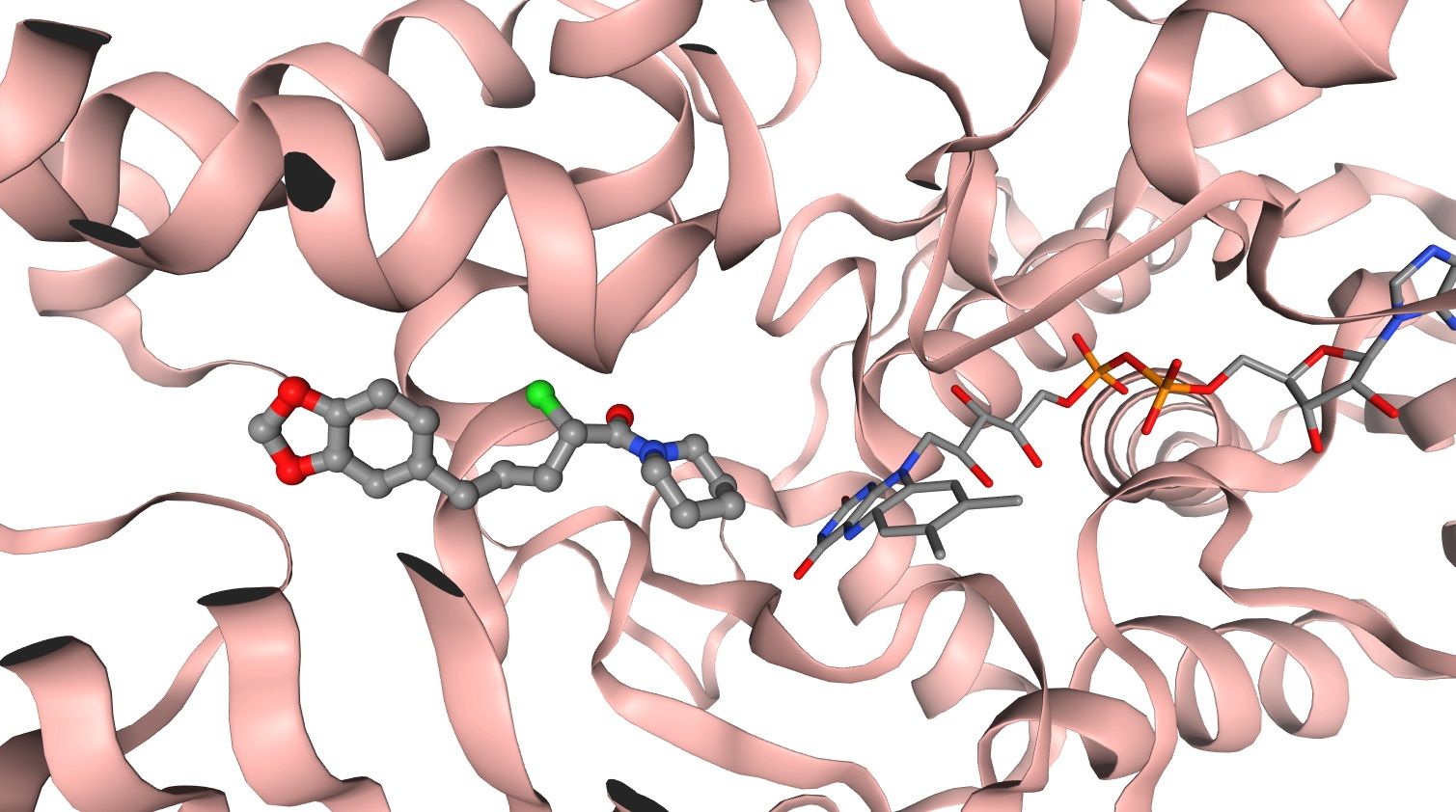| Author(s) |
|
Posted on: 18 December 2023 purlPURL: https://gxy.io/GTN:N00065
As a medicinal chemistry student, I undertook a semester project on natural products isolation and derivatisation. One of the compounds my group was working on was piperine, extracted from black pepper. Inspired by literature findings, we found out that the derivatives of piperine can inhibit monoamine oxidase-B and thus can be possibly used in Parkinson’s disease. As a novelty element in our project, we came up with new structures of derivatives that could act as inhibitors.
Before synthesising any new molecules, it would make sense to check if they correctly dock into the active site. As an enthusiastic user and developer of Galaxy, the idea of using GTN came straight to my mind. Even though molecular docking was beyond the scope of our project, I knew that Galaxy and GTN give such an amazing opportunity to do it in the blink of an eye that I wouldn’t be myself if I hadn’t tried! Therefore, by using the tutorial on molecular docking, I identified the pocket, then I studied the binding of the approved drugs such as Safinamide and Zonisamide and finally I checked how our proposed molecule fits within the pocket. After that, we were ready to synthesise the derivative we came up with!
 Open image in new tab
Open image in new tabThis example shows how GTN and Galaxy can facilitate and accelerate the work of medicinal chemists before starting the synthesis. It is easy to follow the GTN tutorials, the results are reproducible, the datasets are stored in the history and can be easily shared with anyone on the team.
